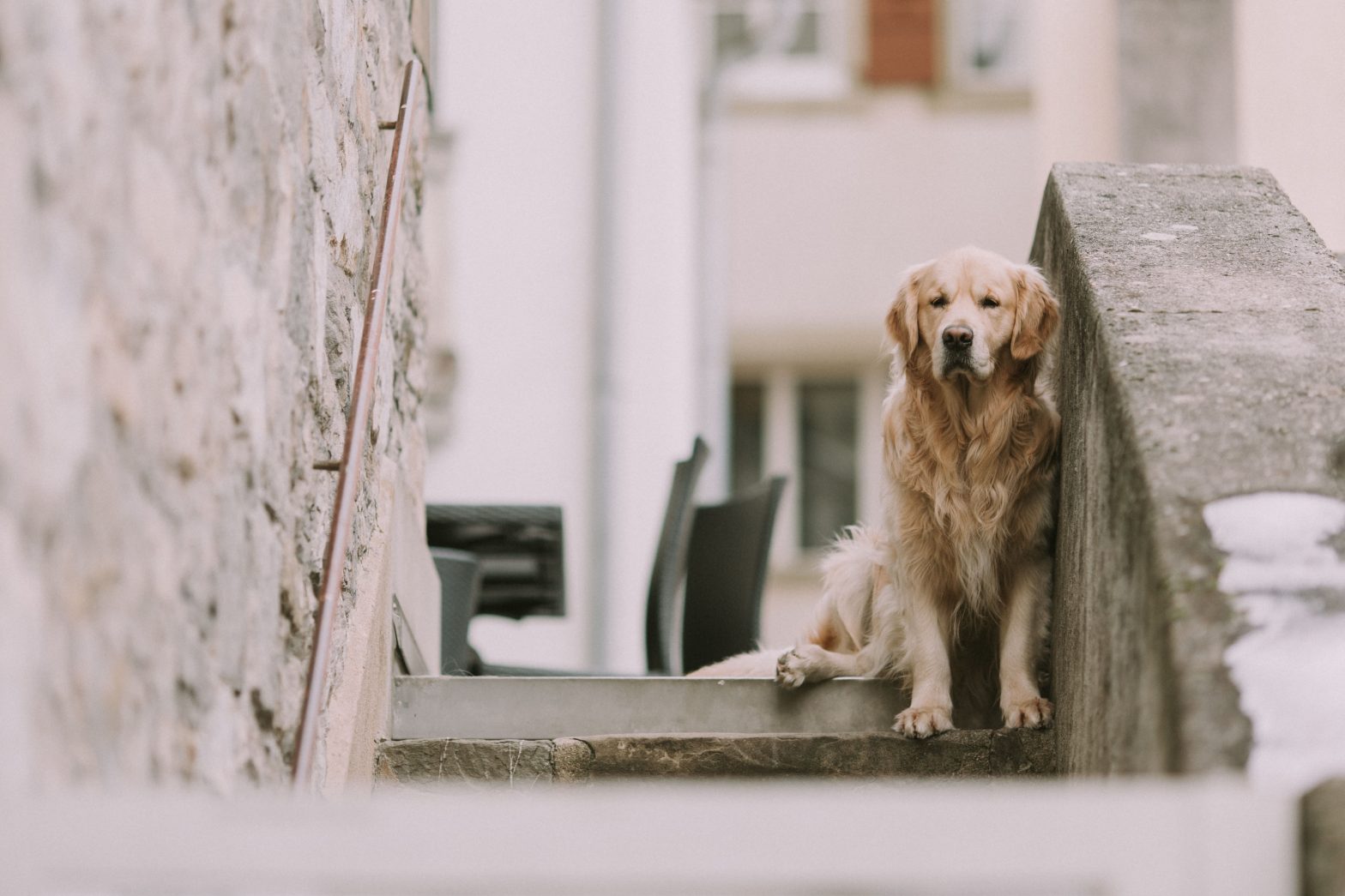When it comes to increasing your home security, you have several promising options to consider. While some people prefer to use a home alarm system, several find that a guard dog is a great choice for personal protection.
Let’s discuss in greater detail how to train a guard dog, and how you can help your new furry protector adjust to living with your family.
What Actually is a Guard Dog?
A guard dog is trained to alert you in the event of an unwanted intruder. Additionally, a guard dog will let you know if it detects any kind of present danger. While dogs can be trained to attack intruders, this isn’t the case with guard dogs.
Guard dogs are trained exclusively to alert you if you’re in the presence of danger. You can think of them like a fluffy and well-trained alarm system.
You might be wondering, why bother with a guard dog when I can just get an alarm system? You might think that the alarm system has made the guard dog obsolete. However, newer isn’t always better. Guard dogs are actually superior to alarm systems for a few reasons.
First of all:
An alarm system is only triggered once an intruder has entered your home. While a guard dog’s keen sense of hearing and movement allows it to alert you of an intruder before they’ve even had their chance to enter your home.
A guard dog can also travel with you whether you’re simply running errands around the city or are traveling far from home. If you want to have that feeling of added protection no matter where you go, a guard dog is a great option that a home alarm system can’t compete with.
Training Your Guard Dog
If you’ve decided that you want a guard dog of your own, there are a few different ways you can go about getting one.
First, you could buy a trained guard dog. This is the most expensive way to get a guard dog, but it requires the least effort from you. This means you purchase a guard dog that has already been trained by a professional.
Second, you could get a regular dog and take the time to have it trained. Once trained, many dog breeds can make great guard dogs such a German Shepherds and Belgian Malinois.
Lastly, if the other two options are outside your budget, you can just train your guard dog yourself! This is the most time-consuming method, but it’s by far the least expensive.
You might be wondering “how do I train my own guard dog?” Whether you want to train your guard dog on your own or send it to a trainer, there are a few things you should keep in mind.
Even if you’ve sent your dog away for training, you’ll need to implement certain practices at home to keep that training fresh.
It’s important to know that neglecting your guard dog’s training can make it less effective in the event of an emergency. These dogs need regular training and the feeling of having a purpose to be at their best.
My Guard Dog is Back from Training. What Now?
Whether you’ve trained your guard dog personally or you’ve sent it away to be trained professionally, you’re not quite finished. At this point, your guard dog should at least know how to bark on command.
However, as previously stated, a guard dog’s training is never really complete. There are certain things that you’ll want your guard dog to bark at and other things that you’ll prefer that they ignore. Sadly, a guard dog can’t make that distinction without proper training.
With that in mind, the first thing you’ll need to do is determine what you do and do not want your guard dog to bark at.
The “Bark” List
Make a list of things that you want your dog to warn you about. Most of the time, guard dog owners want to be warned when they’re being approached by unfamiliar people and stray animals.
Guard dog breeds are naturally territorial and protective. However, if your guard dog isn’t already warning you of approaching threats on its own, you’ll need to teach it.
To do so:
Contact a friend that your animal hasn’t met. Instruct them to walk towards you, and instruct your guard dog to bark as they do so. When they bark, reward them with a treat if you have one. Otherwise, simply give them a pet and an encouraging “good dog!”
Repeat this process several times with different people that your dog hasn’t met. Eventually, they’ll begin to bark at strangers without you telling them to. Typical guard dog breeds are instinctually highly intelligent and can pick up cues easily.
The “Don’t Bark” List
To effectively train a guard dog, you’ll need to use both positive and negative reinforcement. However, you should never hurt your guard dog, even if they bark at the wrong time.
Physical punishment will hurt the confidence of any animal, and they’ll begin to become less comfortable around you. This is because dogs are pretty intelligent creatures. If you’re a danger to your pet, they have reason to be afraid, and they’ll act accordingly.
This should go without saying, but never hit or otherwise harm your pets. There are other ways to use negative reinforcement. Physical punishment is totally unnecessary.
Dogs are pack animals, and for this reason, they strive to adapt and integrate. To discourage inappropriate barking, all you need to do is verbally express your discontent.
A firm “no” or “bad dog” is more than enough. Again, dogs are quite intelligent, and they can infer meaning from the tone that you use with them.
Helping Your New Guard Dog Adjust
Once your guard dog has been trained, it’s important to refine that training. Furthermore, it’s important to keep that training fresh in your guard dog’s memory. You can do this by making a comprehensive list of what you do and do not want your animal to bark at.
After that, adjusting your guard dog to home life is as simple as rewarding appropriate barking and discouraging inappropriate barking. Again, physical punishment isn’t necessary when it comes to your pets. It’s pretty counterintuitive and will only make the situation worse.
As you can probably tell, helping your guard dog adjust to home life is fairly simple. It’s just a matter of being consistent with both your affirmation and your scolding.
About the Author
Steve Scott is a veteran of the US Army. After his service in the Army, Steve pursued a career in Law Enforcement, earning honors as the head trainer of his Police Department’s K9 Unit. Steve’s real-world police K9 experience is what sets Scott’s Police K9 apart from other protection dog companies.

